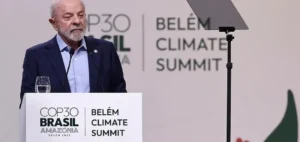The international coalition, including the G7, the European Union and Australia, has implemented a price cap on Russian oil, considerably reducing Russia’s revenues. This measure, aimed at limiting funding for the war in Ukraine, has led to a 32% drop in Russian oil revenues between January and November 2023, compared with the same period in 2022.
Reinforcement of Sanctions and Rules
In response, the coalition has tightened the rules surrounding price caps. The mechanism sets a maximum price of $60 a barrel for Russian oil sold to member countries. At the same time, the United States announced new economic sanctions targeting Russian entities involved in the maritime transport of oil.
Consequences for the World Market and Russia
These measures have a significant impact on the world oil market and the Russian economy. They aim to maintain stable energy markets while reducing Russian revenues. US sanctions specifically target key players in Russian oil shipping, reinforcing the effectiveness of the price cap.
International Reaction and Compliance
Participants in the maritime transport of Russian oil are warned: they must comply with coalition directives or face the consequences. Sanctioned entities’ assets in the United States are frozen, and they are prohibited from doing business with the United States.
The price-cap strategy adopted by the international coalition illustrates a new approach to managing geopolitical conflicts by economic means. This tactic aims to balance the stability of energy markets while exerting financial pressure on Russia.






















